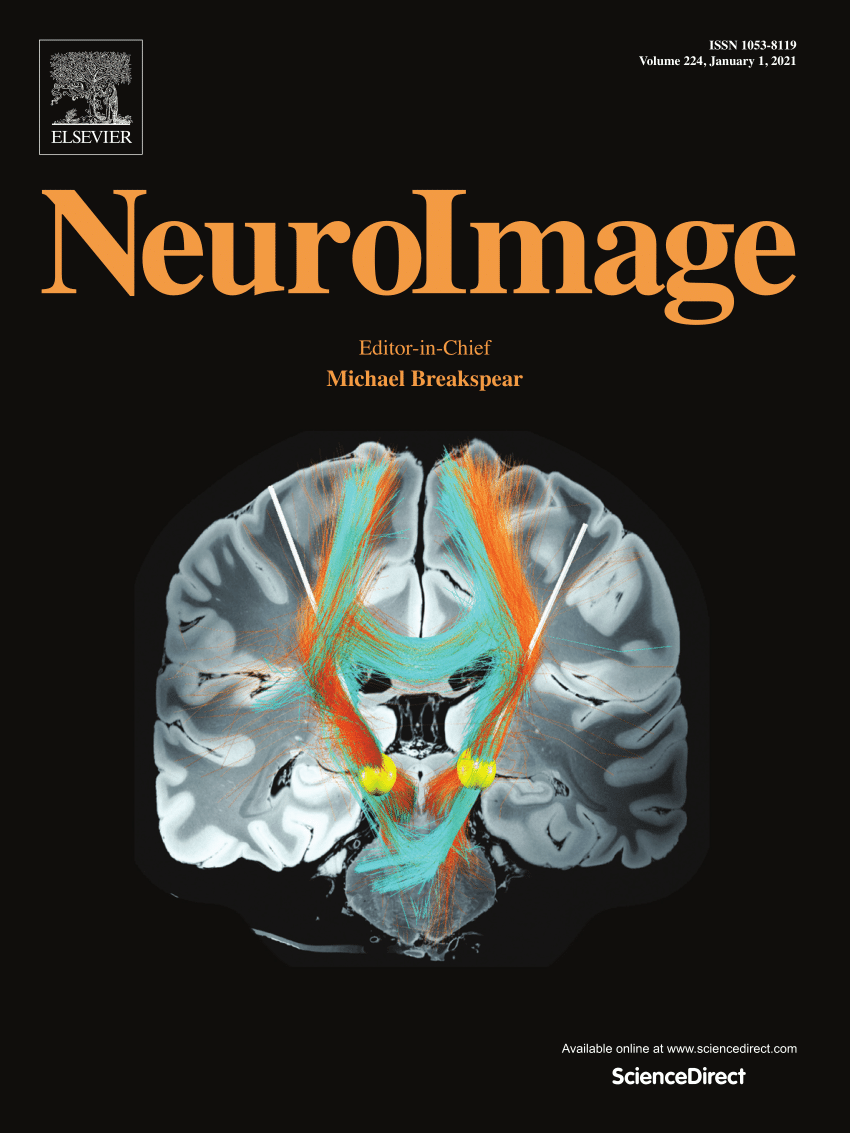Fingerprint patterns of human brain activity reveal a dynamic mix of emotional responses during virtual intergroup encounters
IF 4.7
2区 医学
Q1 NEUROIMAGING
引用次数: 0
Abstract
The Stereotype Content Model (SCM) states that different social groups elicit different emotions according to their perceived level of competence and warmth. Because of this relationship between stereotypes and emotional states and because emotions are highly predictive of intergroup behaviors, emotional evaluation is crucial for research on intergroup relations. However, emotional assessment heavily relies on self-reports, which are often compromised by social desirability and challenges in reporting immediate emotional appraisals. In this study, we used machine learning to identify emotional brain patterns using functional magnetic resonance imaging. Subsequently, those patterns were used to monitor emotional reactions during virtual intergroup encounters. Specifically, we showed Finnish majority group members 360-videos depicting members of their ethnic ingroup and immigrant outgroups approaching and entering participants’ personal space. All the groups showed different levels of perceived competence and warmth. In alignment with the SCM, our results showed that the groups perceived as low in competence and warmth evoked contempt and discomfort. Moreover, the ambivalent low-competent/high-warm group elicited both happiness and discomfort. Additionally, upon the protagonists’ approach into personal space, emotional reactions were modulated differently for each group. Taken together, our findings suggest that our method could be used to explore the temporal dynamics of emotional responses during intergroup encounters.
人脑活动的指纹模式揭示了虚拟群体间相遇时情绪反应的动态组合
本文章由计算机程序翻译,如有差异,请以英文原文为准。
求助全文
约1分钟内获得全文
求助全文
来源期刊

NeuroImage
医学-核医学
CiteScore
11.30
自引率
10.50%
发文量
809
审稿时长
63 days
期刊介绍:
NeuroImage, a Journal of Brain Function provides a vehicle for communicating important advances in acquiring, analyzing, and modelling neuroimaging data and in applying these techniques to the study of structure-function and brain-behavior relationships. Though the emphasis is on the macroscopic level of human brain organization, meso-and microscopic neuroimaging across all species will be considered if informative for understanding the aforementioned relationships.
 求助内容:
求助内容: 应助结果提醒方式:
应助结果提醒方式:


